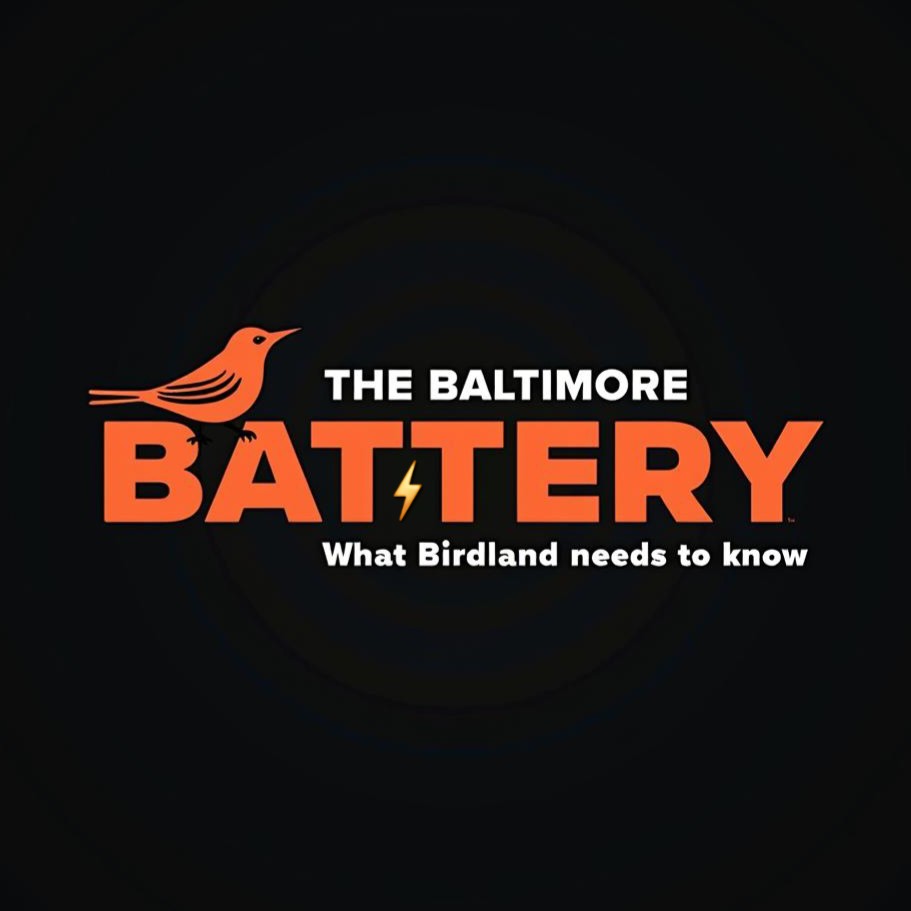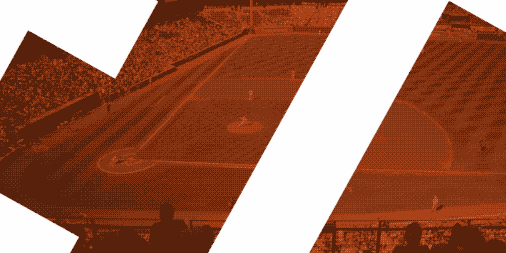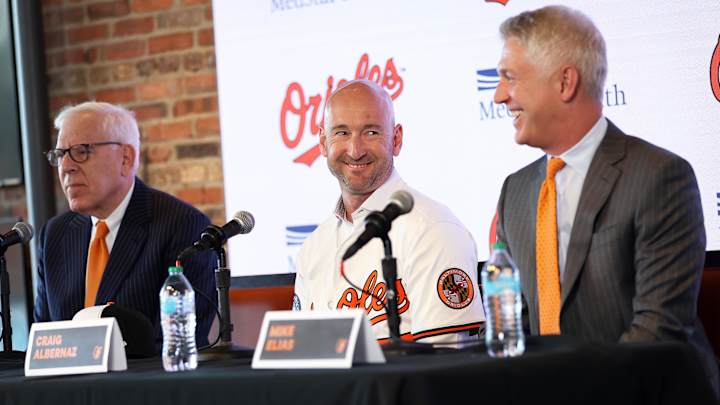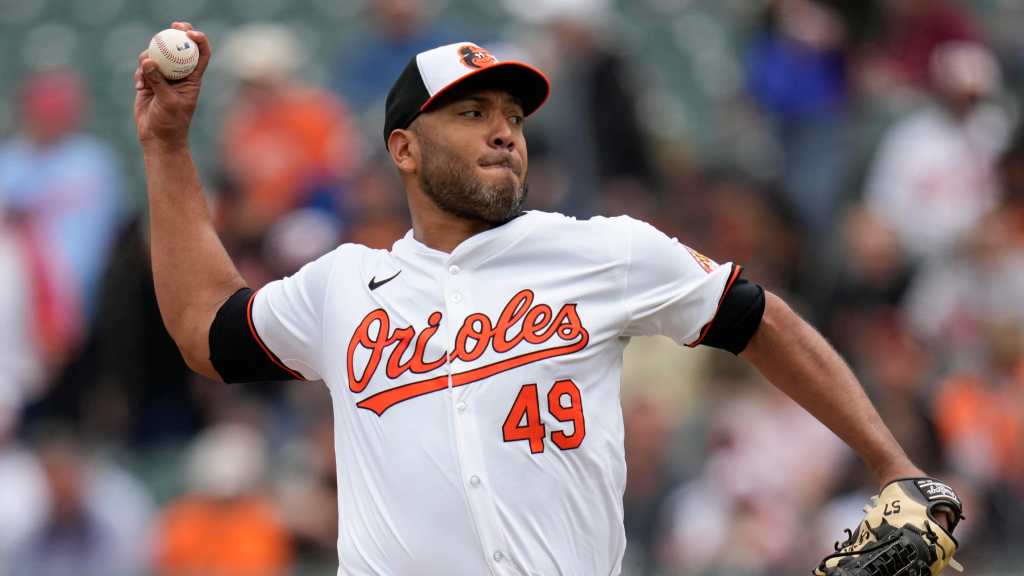When the Baltimore Orioles traded for Cole Irvin in January of 2023 for top prospect Darell Hernaiz, expectations were that he would be a consistent back-end of the rotation starter.
But after a disastrous 2023 season that led to Irvin being optioned three times to Triple-A Norfolk, it was unclear if Irvin would ever make an impact on the major league club.
On his April 21 start against the Kansas City Royals, Orioles fans got a chance to see what an effective Irvin could do for this Baltimore pitching staff, hurling 6.2 innings of four-hit, two-walk, two-strikeout, shutout baseball. This outing has brought Irvin’s ERA from 6.75 to 4.64 on the young season.
So, what led to Irvin’s strong start? Let’s disect on this edition of Battery Breakdown:
1.) Emphasis on location and pitching to contact
In the beginning of spring training, Orioles fans were amazed with reports that Irvin was touching 96 mph on his fastball. The 2022 Athletics starter whom the Orioles acquired had only put up a 4-seamer average velocity of 90.7 mph.
This large increase in his velocity meant that Irvin was completely changing his philosophy of pitching from a high contact pitcher to a high velocity and high strikeout game plan. But by trying to add velocity to his fastball, it’s hard to see that he would be able to have consistent command. Prior to 2023, Irvin’s fastball was his most-used pitch at 37.5%.
In his outing against the Royals, Irvin’s fastball sat at an average of 90.8 mph, a 1.9 mph decrease on his yearly average. When it came to his entire arsenal, every pitch speed decreased by over one mph. It seems that, at least in this start, Irvin’s philosophy changed back to initiating contact.
In this outing, Irvin had a zone percentage of 53%. Of that percentage, Royals batters swung at 71% of pitches in the zone and made contact with 91% of those pitches. Combine that with only four swing and misses and an average exit velocity of 85.5 mph on the day, and you see why Irvin only had to expend 93 pitches to go 6.2 innings. Long story short, Irvin was efficient.
2.) Increase usage of his curveball
Irvin’s best pitch is his curveball. But until this year, you wouldn’t have known it.
In 2023, he only used his curveball 14% of the time, as he was trying to blow a 92 mph max heater by batters. This year, his curveball usage is now up to 28.2%, which is now his most used pitch, thanks to him throwing it 32% in this game.
Although Royals hitters generated two base hits off the pitch, the command of his curveball and the rest of his off-speed pitches were an integral part of keeping hitters off balance for most of the day. Irvin’s vertical break on his curveball also increases on his yearly average by four inches to 49 inches of break.
With this increased usage of his curveball, it’s hard not to imagine a future bullpen role for Irvin. In the Brandon Hyde era, many of his bullpen arms specialized in their best pitch and utilized it to their advantage.
Irvin saw time in the bullpen towards the end of 2023. And with the returns of Kyle Bradish, John Means, and Tyler Wells all looming, Irvin is the obvious answer to hit the bullpen in the near future as a long-man or, when needed, a left-handed specialist.
What did you think of Irvin’s best outing as an Oriole? Let us know in the comments below! Make sure to follow The Baltimore Battery on Facebook, Twitter (X) and TikTok, and use the hashtag #baltimorebattery when sharing our content!
Represent The Baltimore Battery and show off your fandom with our official merchandise! Reasonably-priced attire made just for you! Visit our official shop site by clicking here!

Like Nick’s content? Follow him on X – @Nick_Forbush








Leave a comment